
Roof coatings, when applied to low-slope roofs, are designed to extend the life of the roof by protecting from damaging effects like the weather and the environment.
Roof coatings can be applied to low-slope roofs to extend its life by protecting against the damaging effects of weather, UV light and excessive water and wind.
Roof coatings are designed for protecting and extending the useful service life of roof assemblies for new construction and more commonly, existing roof coverings, such as built-up roofing, metal, modified bitumen, single-ply membranes, and spray polyurethane foam. Roof coatings are thicker than paint and have a higher solids content, with high elasticity.
Roof coatings are applied to low-slope roofs on residential, commercial and industrial buildings to extend the life of the roof by protecting against the damaging effects of weather and the environment, such as ultraviolet (UV) light and excessive water and wind.
Today, there are various types of roof coatings on the market that can benefit any type of roof. The most common types of roof coatings are acrylic, asphalt, polyurethane and silicone. Reflective roof coatings reflect visible light, infrared light, and UV radiation, leading to lower roof temperatures, which in turn reduces the interior temperatures in buildings.
Reflective roof coatings also reduce the urban heat Island effect and the demands of peak energy use, which lowers carbon footprints and decreases smog across climate zones. Given that roofing materials are the third largest contributor to waste in landfills, roof coatings are an ideal solution to extend the life of a roof and prevent tear-off waste.
Source: Commercial Roofing


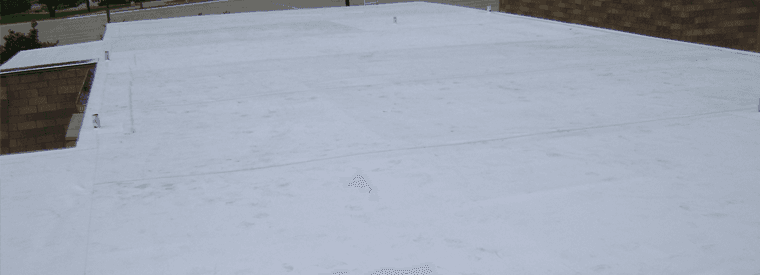

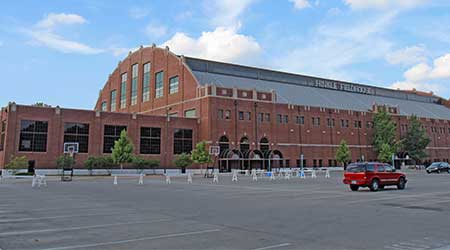

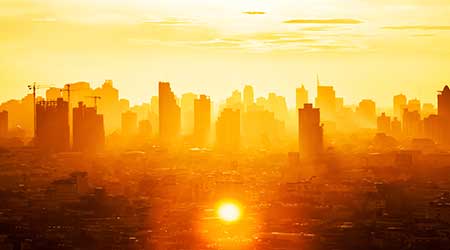
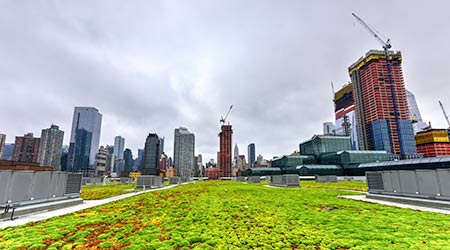
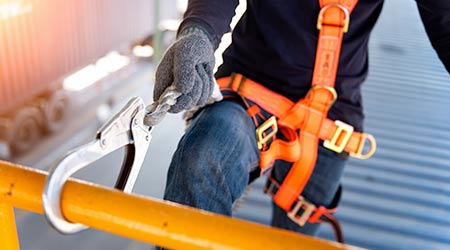
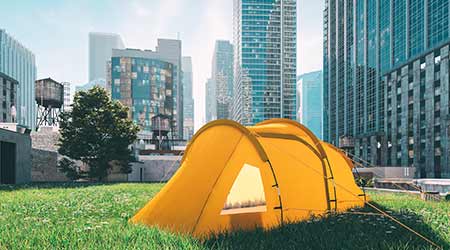
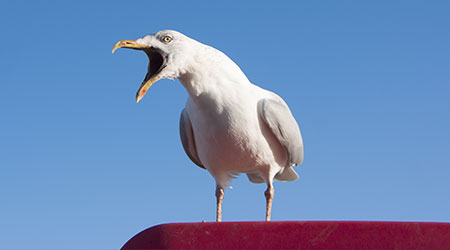
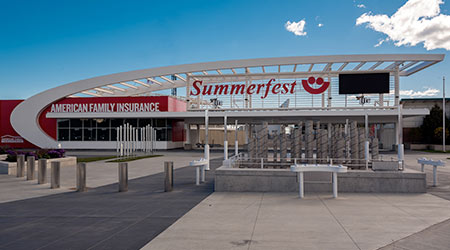
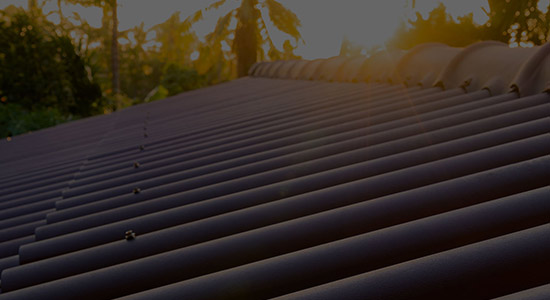


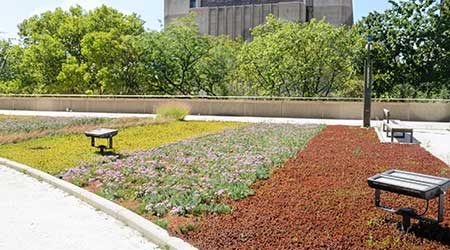
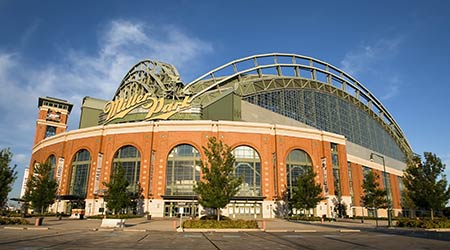
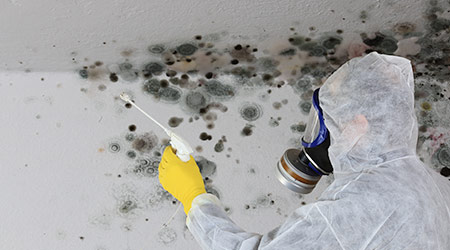
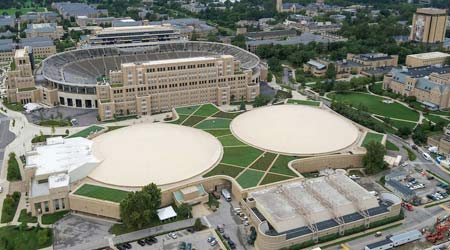

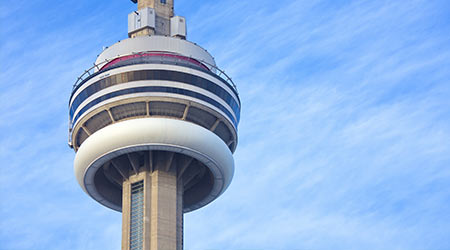
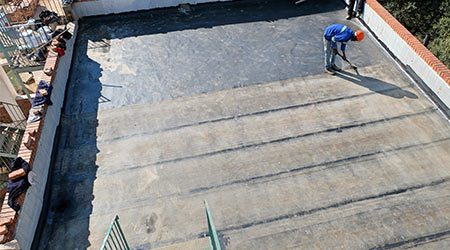
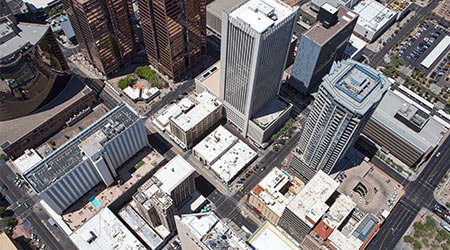
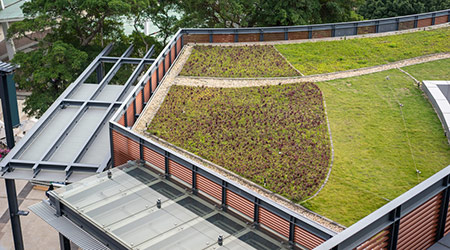
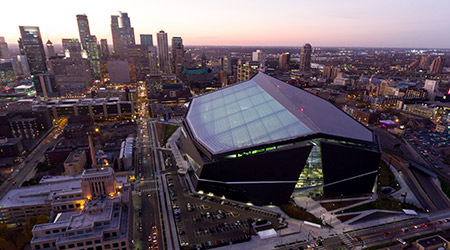
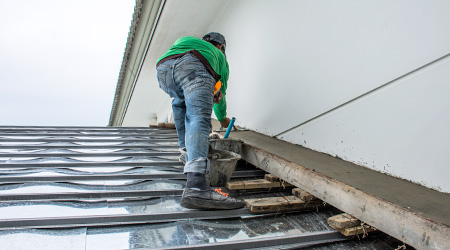
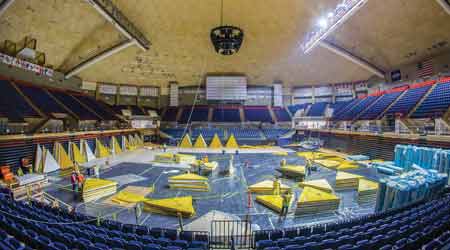
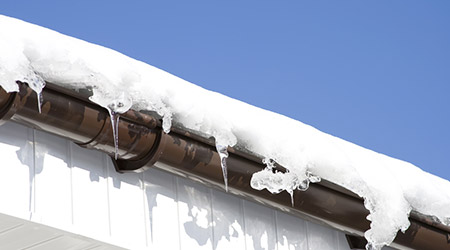
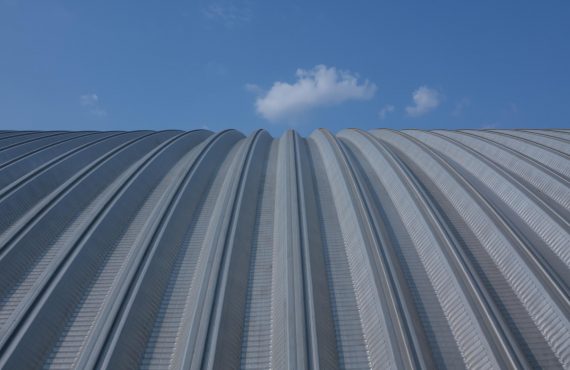
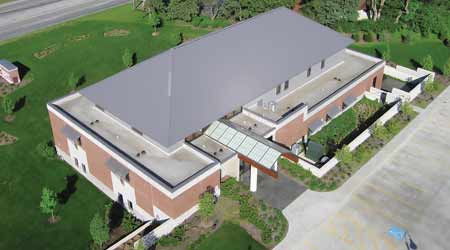

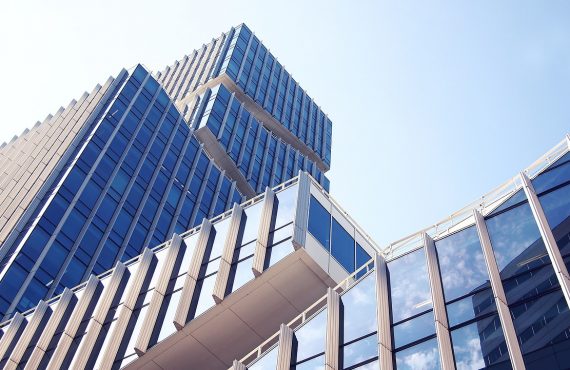
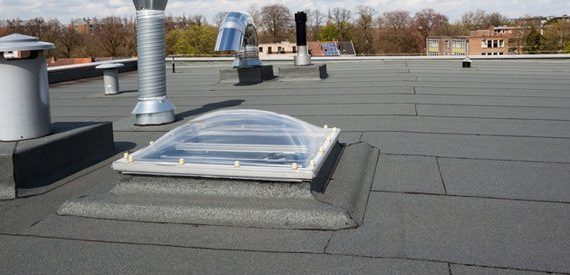
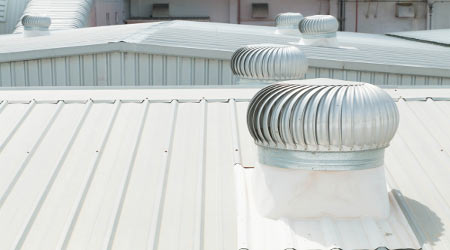
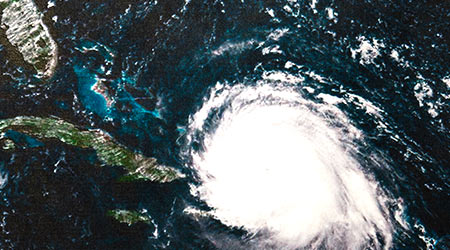


No comments yet.